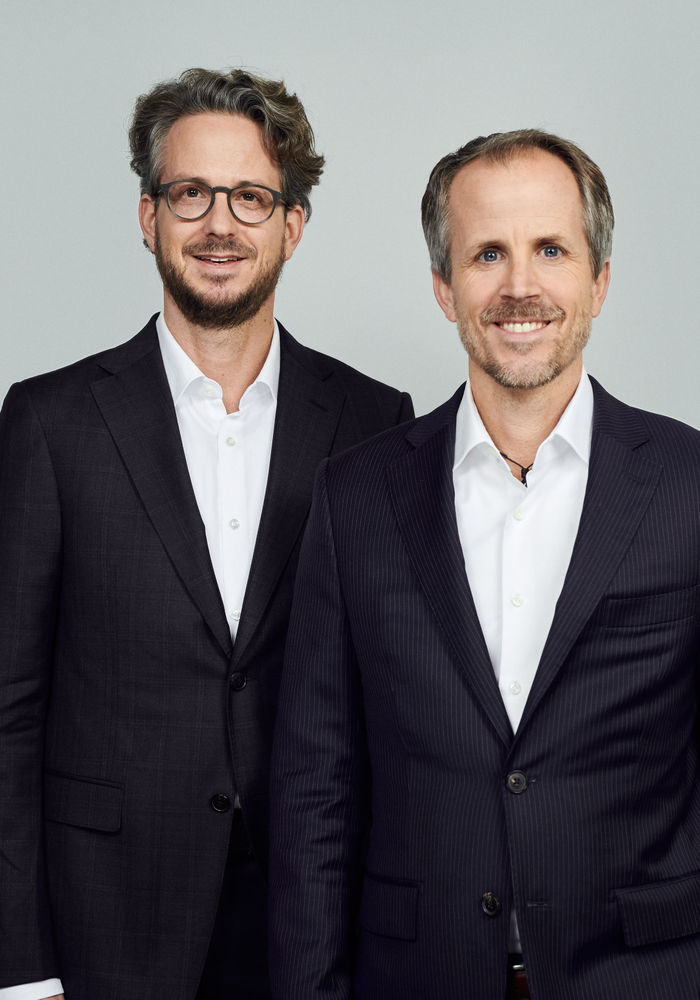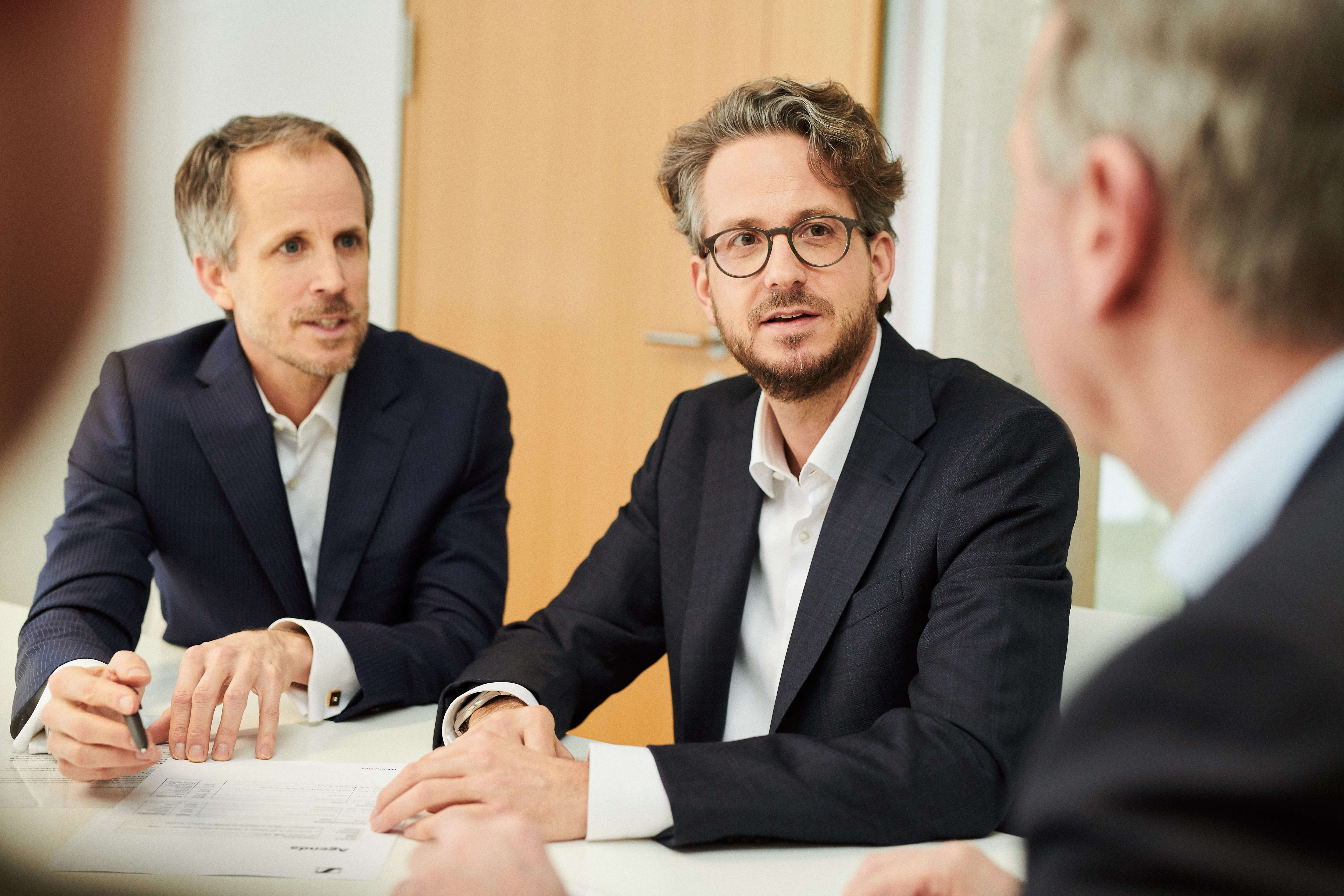Sennheiser co-CEOs, brothers Daniel and Andreas Sennheiser, have spoken exclusively to Headliner about the recent sale of the company’s consumer division, their plans for the pro audio market and their strategy for targeting new markets.
In an in-depth interview, the Sennheiser brothers open up on the sale of their consumer business to global medical hearing solutions provider Sonova and the investment opportunities it has opened up for the professional side of the firm. The siblings also discuss the dynamic of their relationship as co-CEOs and take us inside their strategy for future growth. You can also listen to an extended podcast version of our exclusive interview at Headliner Radio…
Daniel and Andreas, thank you very much for joining us. Before we discuss the company’s recent business activities, what can you tell us about your working relationship as co-CEOs? How does this joint role function?
DS: For us it only works if we work collaboratively. We look at things from two very different views. Andreas is an engineer and looks at supply chain, I look at things more as a marketeer and an advertising person. But we run the company together and we make all our decisions together.
AS: If you are trained as an engineer, you look at things from a perspective of ‘does this work? Is it precise? Is the performance and quality right? Is it predictable?’ All the things that matter when you want to produce something at the highest class. That’s the logical perspective I take. My brother looks from a more emotional perspective, such as ‘is this the right thing to do? Is this making not just our customers but also our employees happier? Can we make non-tangible value through such a decision?’ We look at the same topics but through very different eyes. We get to better decisions by having more facets than one person can encompass alone.
Did you always anticipate that you would work together in this way?
DS: Not really. It looks like a big plan in hindsight, but I was very clearly on a different track. I didn’t want to do anything with the company; I studied design and did advertising and so on. I had that freedom because Andreas positioned himself rather early as somebody who wanted to work in the company, so there was no pressure on either of us to take over. Doing this together only happened when we both decided we wanted to work for the company. We started discussing how we would share the role and the responsibilities. And we decided it didn’t make sense to split the company into two areas that each of us would take over individually. We wanted to take the co-lead together, having a shared load on our shoulders, which was a good decision.
Sennheiser recently sold its consumer division to Sonova. What was the thinking behind this sale, and what made Sonova the right buyer?
AS: It came from a very clear strategic outlook for all four of our business divisions – Neumann, business communication, pro audio and consumer. We made strategic plans for all four units and looked at what they would require to be successful, and we found they all had their individual strategies. But when we put them together, we realised it would be better if we focused on the three areas that have the most commonalities, so that was business comms, Neumann and pro. So, we needed to find a strong partner to invest in the consumer part. And Sonova is the right partner.
When we took the decision, it was about who has the spirit and culture and the willingness to continue the Sennheiser legacy in the way we would like. We are using the Sennheiser brand so you have to have a partner you can speak to well and come to conclusions with very swiftly.
What does the acquisition mean for the pro division?
AS: We have very clear plans and strategies for investment, future growth, and with a 100% focus on the pro business we can really exploit accelerated growth for all those areas. Because we can now give it everything we have, all the attention, funds and power of the Sennheiser organisation will lead to accelerated growth and success. We are very confident of that.
How has the pro division coped with the challenges posed by the pandemic?
DS: It’s a very mixed bag. Live music and sports all came to a complete halt. That is a significant part of our business. On the other side, we saw massive success in anything to do with wire bound mics, especially with Neumann. A lot of artists who couldn’t go on stage started upgrading their studios, a lot of people started streaming from their home or studio, and that business picked up very nicely and is continuing to do so. The corporate meeting space and business communications part also suffered because people weren’t in offices.
Now, all of those businesses are picking up again. Universities are equipping their campuses with mics and our assistive listening systems. We also see a lot of planning going on for live events, we just saw the Euro 2020 tournament take place, lots of live music picking up and people are investing in gear. All the artists who were locked away have produced a lot of content and want to bring it out. Next year we will see a massive flood of festivals, events and live music and we are all very much waiting for that.





